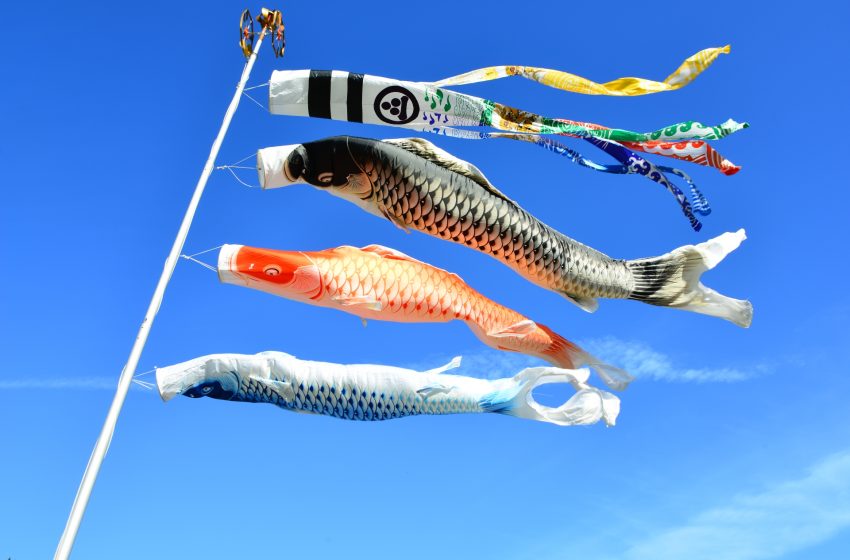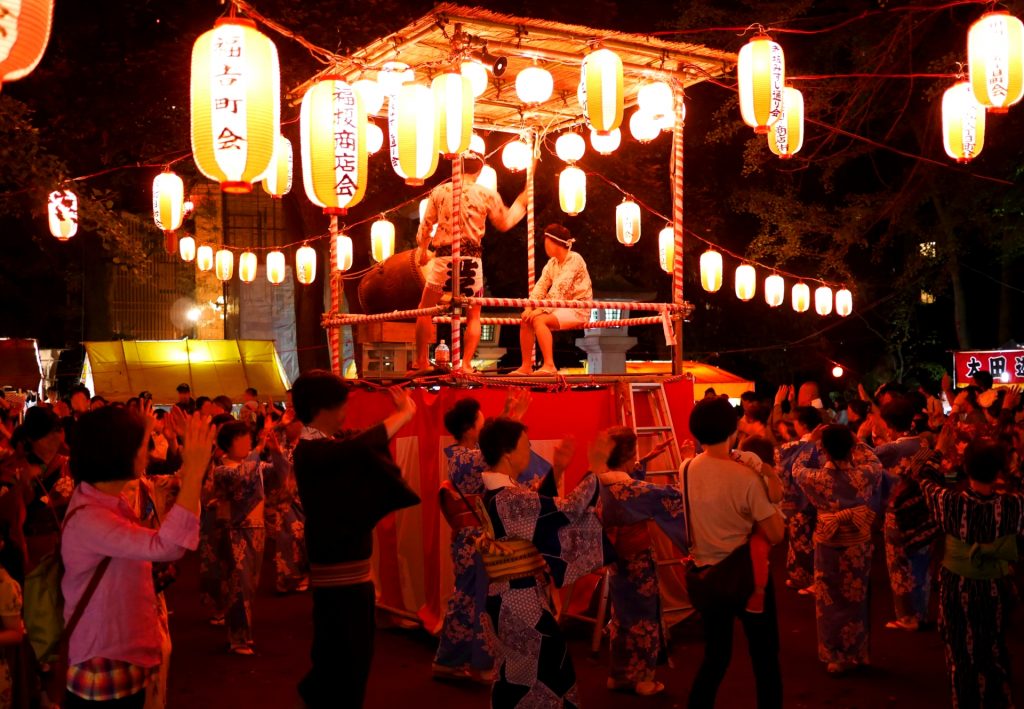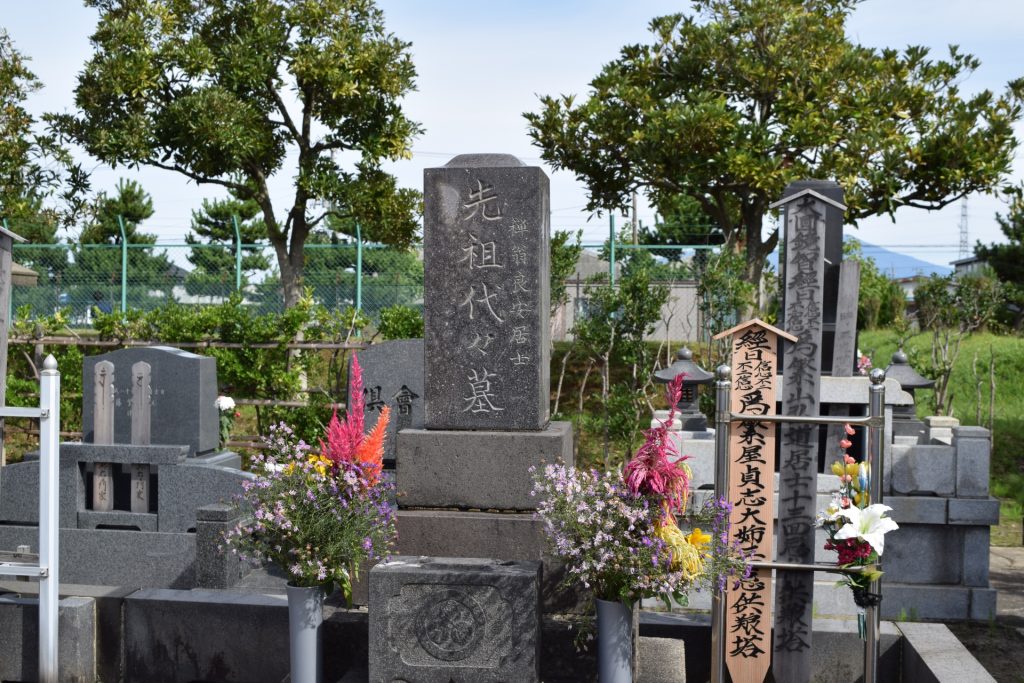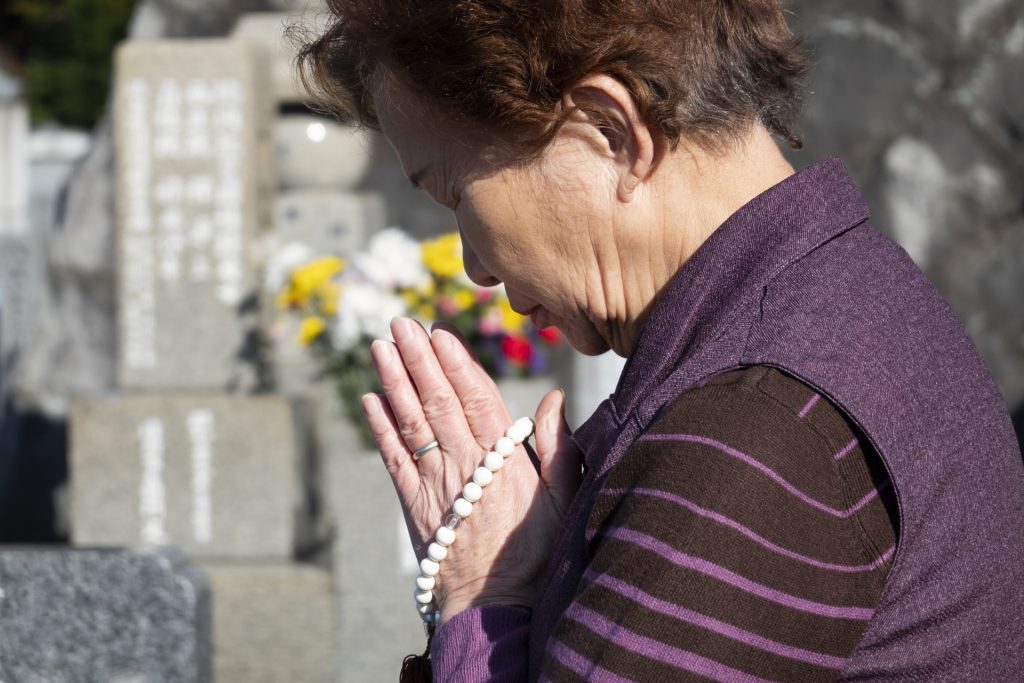
koinobori
Koinobori: Celebrating Children’s Day with Japan’s Colorful Carp Streamers
Hello, culture enthusiasts and festival seekers! Today, let’s dive into the vibrant and picturesque tradition of Koinobori, the colorful carp streamers that adorn the skies of Japan in celebration of Children’s Day. These beautiful, wind-swept streamers are not just a feast for the eyes; they carry deep cultural significance and are a beloved part of Japan’s springtime festivities.
What is Koinobori?
Koinobori, meaning “carp streamers” in Japanese, are cloth flags shaped like carp (koi) that are flown on a tall pole near family homes to celebrate Tango no Sekku, or Children’s Day, on May 5th. The carp was chosen for this tradition due to its strength and determination, qualities that families hope to pass on to their children.
The Symbolism Behind Koinobori
The carp is a significant symbol in Japanese culture, known for its ability to swim upstream and overcome obstacles, representing courage and the ability to achieve success despite life’s challenges. Each color and position of the carp on the koinobori pole holds a meaning:
- Black Carp (Magoi): The top carp, typically black, represents the father.
- Red Carp (Higoi): Below the father, this carp symbolizes the mother.
- Additional Carps: Smaller, often blue or green carps are added for each child in the family, symbolizing their growth and health.
The Beauty of Koinobori Designs
Koinobori designs range from simple and traditional to elaborate and artistic. They are often hand-painted or dyed and can be seen fluttering in the wind, creating a mesmerizing and dynamic display of art and tradition.
Celebrating Children’s Day with Koinobori
During Children’s Day, families across Japan raise koinobori outside their homes, in public parks, and along rivers. It’s a day to respect and celebrate the personalities and happiness of children. The sight of koinobori dancing in the sky is a hallmark of this festive occasion and a visual reminder of the importance of family and community.
Koinobori in Japanese Arts and Festivals
Koinobori is not just limited to family homes; they are a central feature in many spring festivals across Japan. They have also inspired various forms of art, literature, and music, showcasing their deep-rooted presence in Japanese culture.
Conclusion: A Celebration of Hope and Strength
Koinobori is a beautiful and heartwarming tradition that embodies the hopes and dreams that parents have for their children. It’s a celebration of strength, perseverance, and family unity. Whether you’re in Japan during the spring or observing from afar, the sight of koinobori is a reminder of the joy and vibrancy of childhood and the enduring spirit of the Japanese people.
So, next time you see these colorful carps streaming in the wind, take a moment to appreciate the beauty and cultural significance of Koinobori – a symbol of hope, strength, and the bright future of children.




